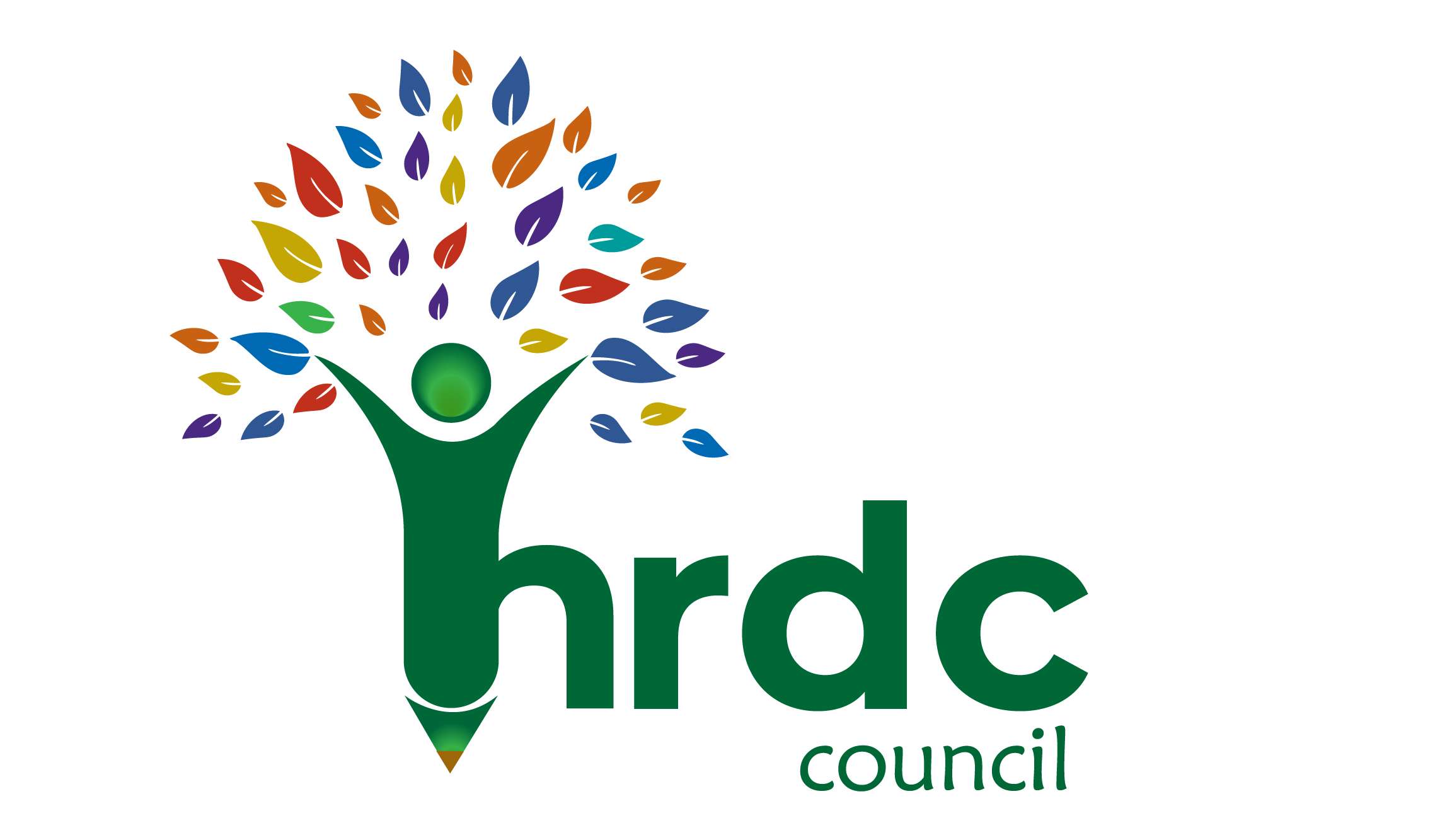Poor employee engagement is a chronic issue for firms of all sizes throughout the world: in 2022, a worldwide Gallup poll revealed that just 21% of workers are ‘engaged’ at the workplace – described by the research institute as being “very active in and passionate about their work and environment.” The engagement was increasing before the commencement of the Covid-19 epidemic, but the last several years have taken their toll. The same survey discovered that just one-third (33%) of staff prosper in total well-being. HR teams are frequently entrusted with evaluating and resolving employee retention issues, even though low engagement is a fundamental business concern that significantly impacts productivity and revenue. These are a few ideas to enhance employee satisfaction and productivity, from improved communication to health and wellness.
Encourage Integrity in the Workplace
Transparency in the business enhances employee commitment by fostering a trustworthy connection between the workers and management and reducing job-related anxiety. It includes not just ensuring executive information gets shared with individuals in lower-level roles, departmental information exchange and team openness. Giving feedback and building a collaborative workplace may develop a sense of purpose among staff and empower individuals to feel engaged in the corporation’s broader aim.
Interaction and Evaluation
Supervisors must interact with disengaged group members and assure them that they respect their opinion on what is working well and what is not. Communication may be a crucial foundation for a variety of reasons. When you take the time to communicate with a worker one-on-one, it demonstrates that you value. If you never tell them how much you appreciate their role on the team, they will never know. Inform them when their efforts have increased production or circulation. If workers feel their efforts have increased the company’s bottom line, they will feel more valued. Second, speaking directly with the employee will aid in determining the core reason for the decrease in productivity and commitment. Lastly, communication allows you to convey your intentions honestly and, if necessary, offer strategies to progress. Make the person feel important by informing them how to improve their job.
Present promotional opportunities
Employee retention may increase by providing workers with clear and defined corporate growth possibilities. Some employees may believe advancements and higher salaries are the only ways to progress and develop inside a firm. In working to advance their careers, professionals may search for ways to outperform their colleagues and add to their CVs. You may help your staff obtain the expertise they need to flourish by establishing and executing training programs and professional certifications. Engaging in this development also helps to offer staff clear guidance on what they must accomplish to succeed in the firm. Delegating duties also promotes diversity and creates confidence in individuals who wish to advance within the organization. Managers should establish clear objectives when distributing tasks and remember that this personnel is still discovering. Creating a “failure-tolerant” management style instills confidence in people, aids them in overcoming their apprehension of failing, and promotes a culture of informed risk-taking, which may manifest in creativity that benefits the firm vastly.
Invest in health and prosperity.
Engage For Success (E4S), a pioneer in a UK study on promoting employee retention, has claimed that engagement and wellness are inextricably intertwined. Creating a healthy workplace, such as implementing an employee assistance program (EAP), educating behavioral health first aiders, and encouraging healthy food and exercise, can improve employee wellbeing. Do your investigation into the roots of mental and physical ill-health in your company, and then develop and execute suitable treatments to address the difficulties you’ve discovered.
Recognize and reward outstanding initiatives.
Organizations should encourage and appreciate their employees frequently, publicly, and voluntarily. Even if a handful of your executives and managers express gratitude to their employees, there is always more work to complete – at all organizational levels. Creating digital avenues for employees to thank one another for going above and beyond and implementing an incentive-based system or awards ceremony are excellent strategies for cultivating a public appreciation and recognition culture.
Conclusion
Workers who are more involved will be more efficient. Delegating responsibilities that make workers feel more valued by corporate leadership can increase engagement. Helping workers define and realize their objectives positively influences their commitment and may lead to new advantages for the firm.


